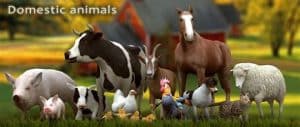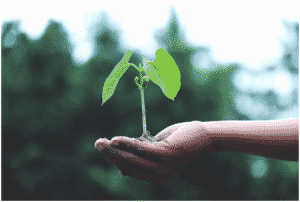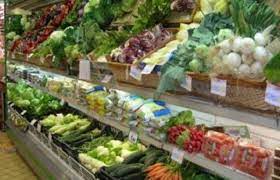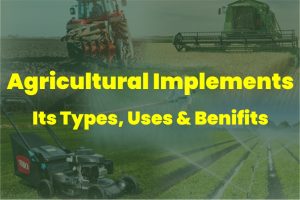Agricultural Implements. Its Types, Uses & Benefits.
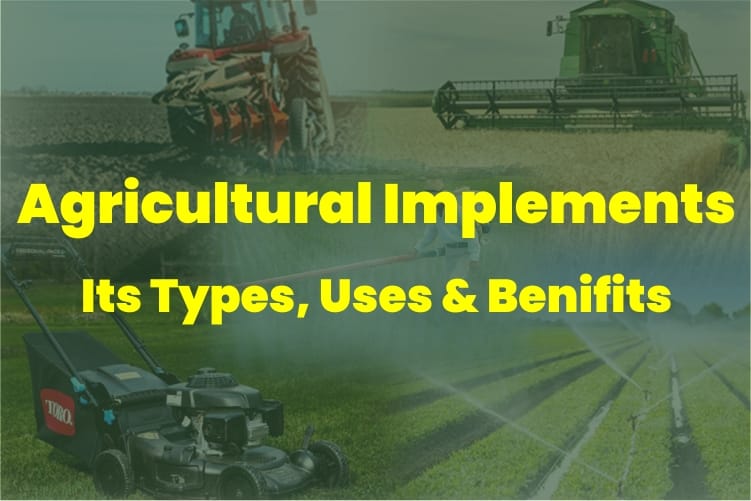
Agriculture is a time-consuming and labor-intensive process that cannot be done by hand. As a result, tools and machines are required to carry out agricultural processes. Agricultural implements or agricultural tools are what these are called
Agricultural Implements
Agricultural implements are machines used in agricultural practices to reduce human labor and improve field crop yield. Harvesters, plough, drag, cultivators, disk harrows, seed drill, harrows, spades, pickage, other major agricultural instruments, etc. These tools are in high demand in countries such as India, where agriculture and farming are the primary occupations of the majority of the population. As a result, the use of agricultural implements in India has given this occupation a new reputation.
Types of Agricultural Implements
Farm equipment refers to any type of machinery used on a farm to aid in farming. A tractor is the most well-known example. There are numerous other farm implements.
Planting
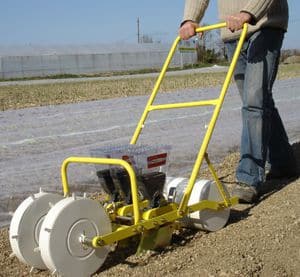
- A broadcast seeder (also known as a broadcast spreader or fertilizer spreader) is a tractor attachment used to disperse seed, lime, or fertilizer.
- Grain seeder – seed drill It is an instrument used in agricultural sowing and planting. Its objective is to distribute the seeds equally throughout the whole area. Because a seeder is not self-propelled, it requires a machine to draw it. Row spacing and sowing depth may both be adjusted.
Power and Traction
- Tractors are a type of agricultural vehicle. Farm implements can be hauled behind or placed on the tractor, and if the implement is automated, the tractor can also supply power. A farm tractor is used to tow or push agricultural machines.
- Trailers used for plowing, tilling, disking, harrowing, planting, and other comparable jobs
Fertilization and Pest Control
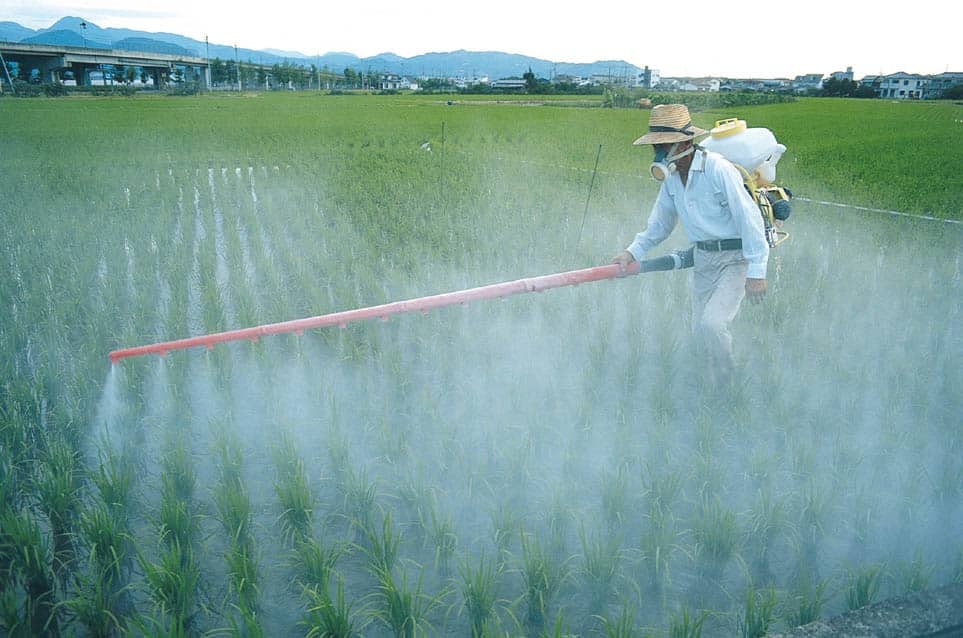
- A fertilizer spreader (see broadcast spreader)
- A manure spreader is a piece of agricultural equipment that spreads manure as fertilizer across the land. A typical (modern) manure spreader is a trailer that is pulled behind a tractor and has a spinning mechanism that is powered by the vehicle’s power.
- A slurry tank is a vehicle equipped with a tank and a pump that is used to fertilize fields with slurry (a mixture of manure and water). We obtain greater crops at the end of the season if we fertilize the fields.
- A sprayer is a piece of machinery that is used to apply herbicides, insecticides, and fertilizers to agricultural crops. Sprayers range in size from man-portable equipment (usual backpacks with spray guns) to tractor-like self-propelled systems.
Irrigation

- Irrigation is the artificial application of water to the land, often to aid with irrigation growth. It is mostly utilized in agricultural production in arid locations and during seasons of low rainfall, but it is also used to protect plants against frost. Irrigation is the natural or artificial removal of surface and subsurface water from a certain region, as opposed to drainage.
Soil Cultivation
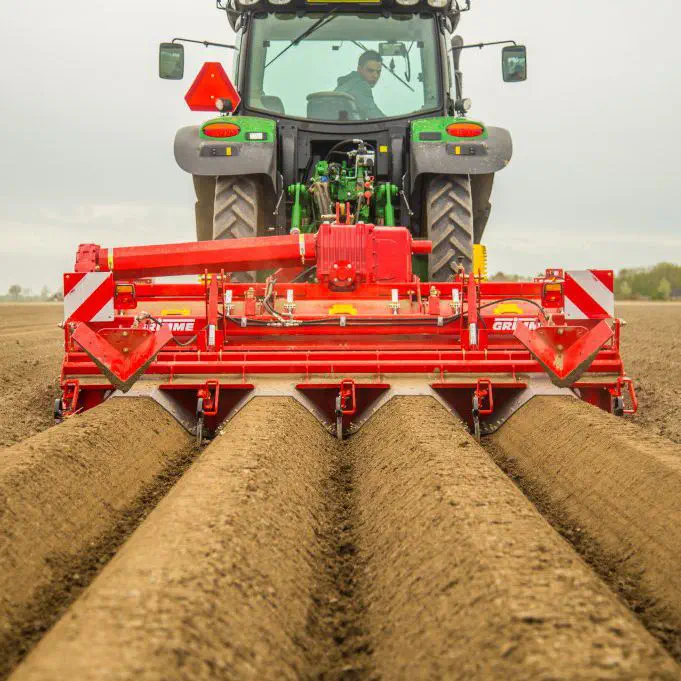
- A cultivator is an agricultural tool used to stir and pulverize the soil prior to planting or to eradicate weeds and aerate and loosen the soil after the crop has begun to develop. It is driven by a tractor and stirs the soil to a higher depth than a harrow.
- (it is typically unpowered). Many are outfitted with hydraulic wings that fold up to make road driving more comfortable and safe. Gardening devices are similar but considerably smaller.
- A plough (in the United States: plow) is a tool used to cultivate soil prior to spreading seed or planting. The fundamental goal of ploughing is to turn over the top layer of soil, bringing fresh nutrients to the surface while burying weeds and the residues of the previous ploughing.
- Earlier harvests, enabling them to decompose. It also aerates the soil, allowing it to retain moisture better. A ploughed field is usually let to dry out before being harrowed before planting in contemporary times.
- (A set of) harrows is a tool for cultivating the soil’s surface. Its effect varies from that of the plough, which is utilised for deeper cultivation. Extensive harvesting is used in the field to soften the rough land left due to plowing work.
- The purpose of harrowing is to break up lumps of soil and give a finer finish, as well as a healthy soil structure suited for seeding and planting activities. Harrowing can also be used to eradicate weeds and cover seed after it has been sown. Harrows are classified into three types: spike harrows, drag harrows, and disk harrows.
- A rotary tiller, also known as a rotavator, rototiller, power tiller, rotary hoe, or rotary plough (plow in the United States), is a motorized cultivator that works the soil using spinning tines or blades. Rotary tillers can be self-propelled or towed as an attachment behind a tractor.
Loading
- A loader.
- Hay loader
- Trailer.
Harvesting and Post-harvesting
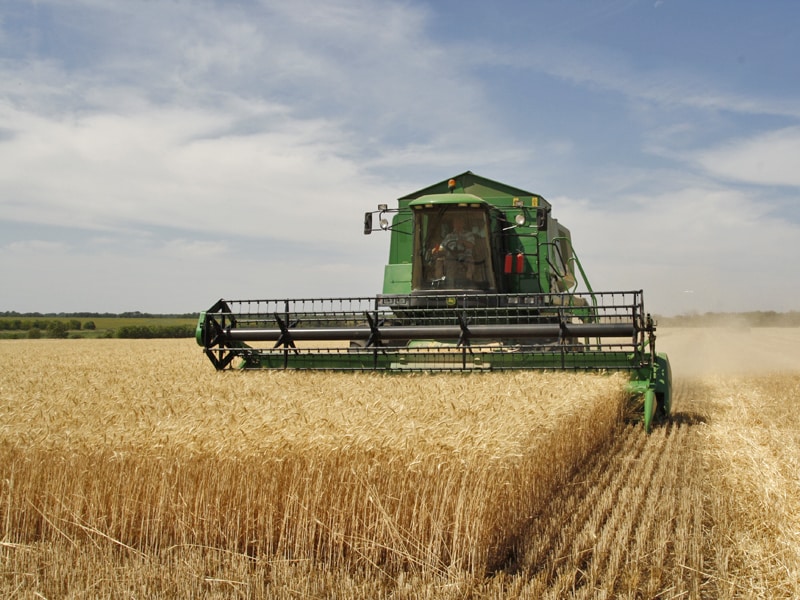
- A combine harvester, often known as a combine, is a machine that performs the functions of harvesting, threshing, and cleaning grain harvests all in one equipment. The goal is to harvest the soybeans, flax (linseed), crop (corn (maize), oats, wheat, rye, etc.). The waste straw left on the field is the crop’s residual dried stems and leaves, which are either chopped and scattered on the field or baled for feed and bedding for livestock.
- A harvester of beets
- A harvester of beans
- A cotton picker
- A forage harvester (or silage harvester)
- A potato digger
- A sickle is a curved, hand-held agricultural implement that is generally used for grain crop harvesting.
- or mowing the grass for hay.
Haymaking
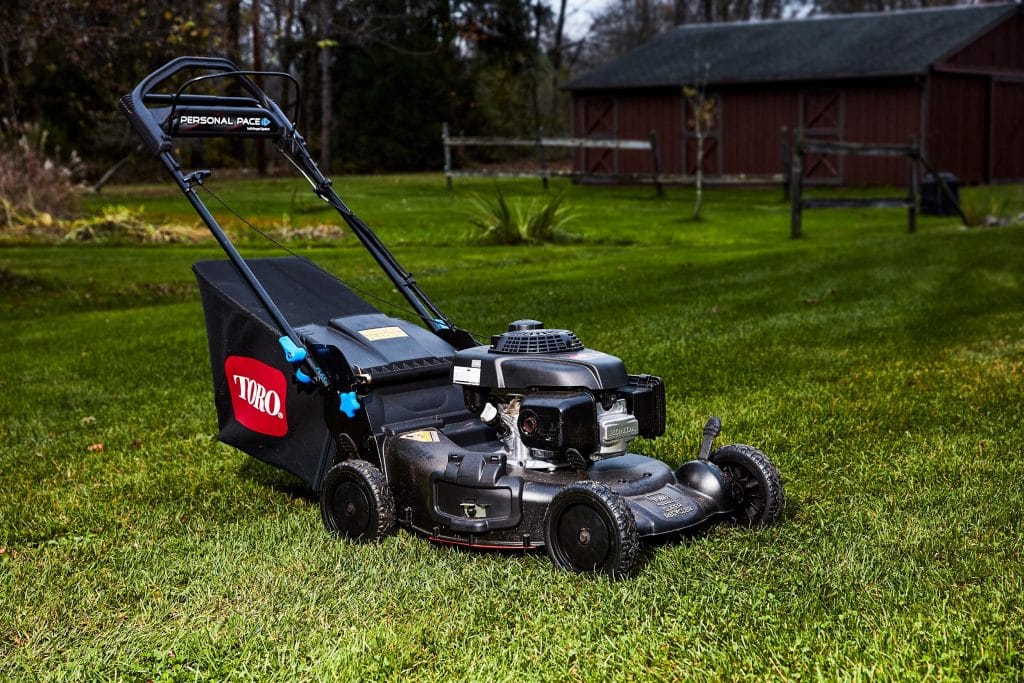
- A mower is a modern machine used to cut trees or crops grown on the ground. A lawnmower is a small size mower used to mow small lawn mowers on lawns and playgrounds, often small enough to be self-propelled or pushed by the user. Large mowers are used to mow crops or other grasses and to collect chopped material in rows known as windows.
- A hay tedder is a machine used to make hay. It is applied after cutting and prior to windrowing. It is used to spin or distribute the hay in order to aerate it and speed up the drying process, which results in increased aroma and color.
- A hay rake is a tool used to gather chopped hay into windrows for subsequent gathering (e.g., by a baler). It is also intended to fluff the hay and turn it over to allow it to dry. A hay rake can be motorized, dragged by a tractor or draft animals, or it can be used by hand.
- A baler is a one type of the farming tool or machinery used to compress and bind a cut and raked crop (such as silage, hay, or straw) into compact bales. Bales are simple to move, transport, and store.
Advantages of Agricultural Implements
- Agricultural tools are advantageous in the following ways:
- Human labor has been reduced by orders of magnitude.
- When tools are employed, less labor is required.
- They contribute to more effective agricultural production.
- It reduces the cost of labor.
- Agricultural tools are a one-time purchase.
- It saves you both time and money.
- These measures boost total earnings.
- Increases the expansion of agricultural enterprises that manufacture these devices.

